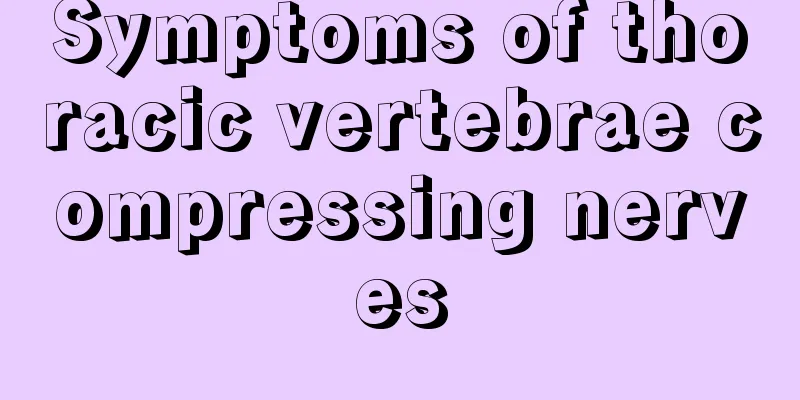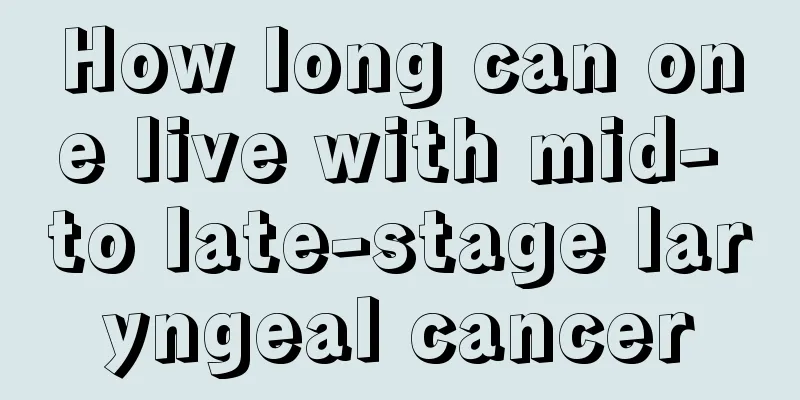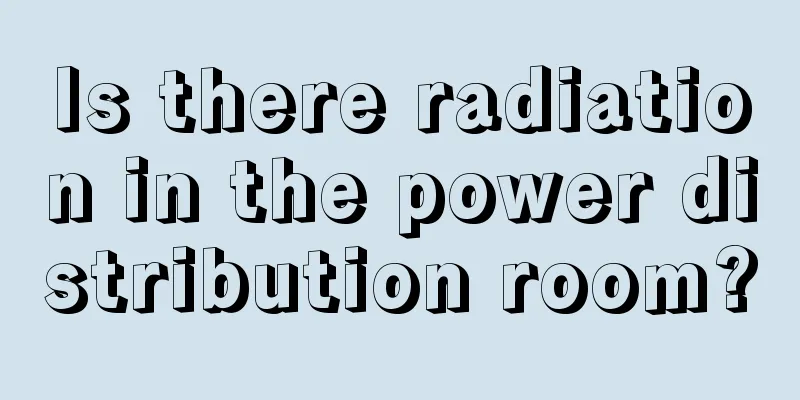Can thyroid tumor be cured? How to treat it

|
Generally speaking, thyroid adenoma is a common benign tumor and can be cured as long as the patient follows the doctor's treatment. We cannot ignore the harm caused by thyroid tumors and should detect and treat them as early as possible. Surgical treatment: Surgical treatment of thyroid cancer includes surgery on the thyroid gland itself and clearance of the cervical lymph nodes. There is still disagreement on the extent of thyroid resection, and there is a lack of basis for the results of prospective randomized controlled trials. However, complete tumor resection is very important, and meta-analysis data suggest that whether the tumor is completely resected is an independent prognostic factor. Therefore, even for differentiated thyroid cancer, resection of a portion smaller than the lobes is inappropriate. The smallest scope is the resection of the gland lobe and isthmus. Up to total thyroidectomy. The trend in the extent of thyroidectomy is towards more extensive resection. There is evidence that recurrence rates are lower after near-total or total thyroidectomy. The 30-year recurrence rate after lobectomy for low-risk cases is 14%, while that for total thyroidectomy is 4%. Generally, there is not much controversy about the scope of the first surgery for patients in the high-risk group. It has been reported that the local recurrence rate after lobectomy for TNM stage III cases is 26%, while the local recurrence rate after total thyroidectomy is 10%, and there is no difference between total thyroidectomy and near-total thyroidectomy. The advantage of extensive surgery is a lower rate of local recurrence, and the main disadvantage is an increase in short-term or long-term complications after surgery. Lobectomy rarely causes recurrent laryngeal nerve damage and severe hypoparathyroidism rarely occurs. Recently, many scholars believe that age is an important factor in dividing low-risk and high-risk patients, and choose treatment principles based on low-risk and high-risk groups. For patients in the low-risk group, lobectomy and isthmus resection are used. If there is no tumor at the resection margin, the treatment goal can be achieved. For patients in the high-risk group, it is appropriate to adopt near-total or subtotal resection of the affected lobe and the contralateral lobe. The surgery can also be designed according to the clinical characteristics of the tumor: lobectomy + isthmus resection is suitable for low-risk patients with tumors less than 1 cm in diameter and clearly confined to one lobe of the thyroid gland; total thyroidectomy + isthmus resection + contralateral near-total thyroidectomy is suitable for patients with tumors greater than 1 cm in diameter, more extensive unilateral papillary carcinoma with lymph node metastasis; total thyroidectomy is suitable for highly invasive papillary and follicular carcinomas with obvious multifocality, enlarged lymph nodes on both sides, tumor invasion of surrounding neck tissues or distant metastasis. In cases under 15 years old or over 45 years old, the lymph node metastasis rate is high, reaching 90%. Total thyroidectomy should be considered for this group of cases. There is also controversy over the scope of cervical lymph node dissection. There is no consensus on whether to perform routine central cervical lymph node dissection or modified lymph node dissection, or to only remove palpable enlarged lymph nodes. Meta-analysis data suggest that only two factors can help predict whether there is cervical lymph node metastasis, namely, the lack of tumor capsule and tumor invasion around the thyroid gland. In patients without these two factors, the cervical lymph node metastasis rate is 38%, and in patients with both factors, the cervical lymph node metastasis rate is 87%. The surgical effect of neck lymph node dissection is certainly certain, but the patient's quality of life may be affected, so the decision to perform preventive neck lymph node dissection is currently made with great caution. Especially for patients in the low-risk group, if no enlarged lymph nodes are felt during surgery, cervical lymph node dissection may not be performed. If enlarged lymph nodes are found, they should be removed and quickly pathologically examined. If lymph node metastasis is confirmed, central neck lymph node dissection or modified neck lymph node dissection can be performed. The former refers to the removal of lymph node tissue on the inner side of the common carotid artery, around the thyroid gland, between the tracheoesophageal groove and in the upper mediastinum; the latter refers to the cervical lymph node dissection that preserves the sternocleidomastoid muscle, internal jugular vein and accessory nerve. Because central zone lymph node dissection during a second operation can easily damage the recurrent laryngeal nerve and parathyroid glands, some people advocate performing central zone dissection even if no enlarged lymph nodes are found during the first operation. For high-risk patients, those with visible cervical lymph node metastasis, tumor invasion outside the capsule, and those over 60 years old, modified cervical lymph node dissection should be performed; if the disease stage is late and the cervical lymph nodes are widely invaded, traditional lymph node dissection should be performed. |
<<: How to clean suede shoes more cleanly
>>: Can patients with colds eat mangoes?
Recommend
Effective methods are needed to prevent lymphoma
The incidence of lymphoma in my country is not hi...
Pelvic inflammatory disease causes severe stomach pain
Stomach pain is a common thing in life. Many peop...
What are the effects and functions of snake oil ointment
Snake oil ointment has a very long history in our...
How to practice mental health?
Many people like to stay away from the world and ...
What are the early symptoms of kidney failure?
The kidneys are the most important internal organ...
Exercises suitable for kidney cancer
After the cancer patient has had the tumor remove...
Does thyroid cancer cause vascular stenosis?
Thyroid cancer is a malignant tumor that originat...
What is the difference between dill and fennel
Dill has another name called wild fennel, so many...
What are the causes of continuous sneezing and runny nose
If you experience continuous sneezing and runny n...
Pain symptoms in patients with esophageal cancer
As the condition of esophageal cancer patients co...
How to classify clavicular lymphadenitis
Abnormalities in lymph nodes may indicate certain...
Can a serious teratoma lead to death?
Because there are many ways to treat teratoma, pa...
The fruit with the highest calories
Calories are one of the main energy sources we ge...
Why does my nose bleed while running?
Running exercise is the most common form of exerc...
Boys with slanted chin
If a boy is called good-looking, he must have reg...









